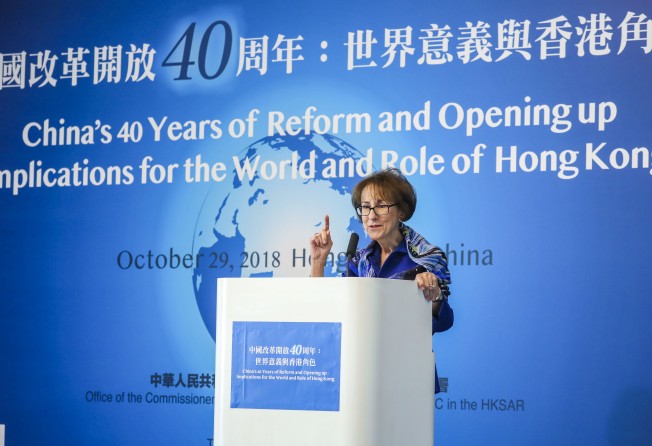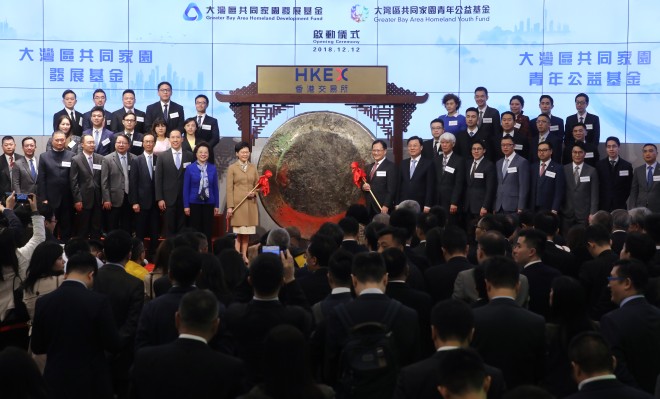
Where does Hong Kong fit in China's future story?

When Deng Xiaoping visited Shenzhen in 1992, he stood at the Huanggang checkpoint and looked at the vast New Territories of Hong Kong for almost nine minutes.
The paramount leader’s long and lingering gaze was interpreted by many as his longing for the British colony’s return to mainland China and its importance to his grand vision of a rising and powerful China.
Five years later, Hong Kong’s reunification with the mainland was completed, but alas, Deng had passed away in February 1997, five months before the handover.
Nonetheless, his desire of an integrated Hong Kong in the future China story has been realised. It is unlikely to be reversed.
After Deng launched the reform and opening up policy in 1978, Hong Kong businessmen were the first to inject capitalism into the mainland. By 1985, China was, and has remained, the city’s largest trading partner.
Hong Kong is also the mainland’s third-largest trading partner last year (2017) after the United States and Japan.

By last year, half of the 2,100 companies listed on the Hong Kong exchange were from the mainland. Their market capitalisation stood at HK$30.54 trillion.
Reform and opening up propelled Hong Kong’s economic miracle in the 1980s and 1990s. After reunification, it was even easier for Hong Kong entrepreneurs to invest in China, expanding their footprints significantly in the special economic zones of Guangdong province and beyond.
Even though relations between the mainland and Hong Kong are governed by the “one country, two systems” framework and a promise to leave Hong Kong’s capitalism untouched for 50 years, the integration between the two territories has grown closer.
A major factor is the resurgence of China as an aspiring global superpower and the world’s second largest economy. Many Chinese cities have overtaken Hong Kong in their development, embracing innovation and the use of technology far more quickly and eagerly.
As the mainland continues to grow, Hong Kong’s fortune and future will be increasingly tied to China’s.
A key example of this growing fusion between the two is the Greater Bay Area project – an area surrounding the Pearl River Delta.
The Chinese government wants to group 11 cities in the Delta, including Hong Kong and Macau, and those on the mainland like Shenzhen, Guangzhou, Foshan and Huizhou, into a region with an economic output of about US$1.4 trillion.
The area is Asia’s largest and most populous urban area, having overtaken the Tokyo Bay area’s population in 2010.
It has around 70 million people – larger than the United Kingdom and about the size of Thailand. The aim is for the area to have the highest GDP among global bay areas by 2030, leapfrogging Tokyo, New York and San Francisco.
Hong Kong’s role as a global centre of finance would be enhanced by this hub, connecting it to the bustling mainland cities of high-value-added manufacturing, innovation and technology.

The Greater Bay Area is part of the larger Belt and Road Initiative by Beijing, a massive and ambitious global trade and infrastructure project.
These hold huge promise for Hong Kong in a century expected to be led by China. As the world’s focus pivots increasingly towards China, Hong Kong is primed to benefit from it, creating opportunities for it to bolster its reputation as a global commercial hub.
Despite misgivings from segments of the Hong Kong population towards growing integration with the mainland, China has been unequivocal about the importance of Hong Kong in its future.
As the city inches towards the halfway mark of the 50 years of “one country, two systems” in 2022, Deng would be pleased at how far Hong Kong has re-entered the China story.